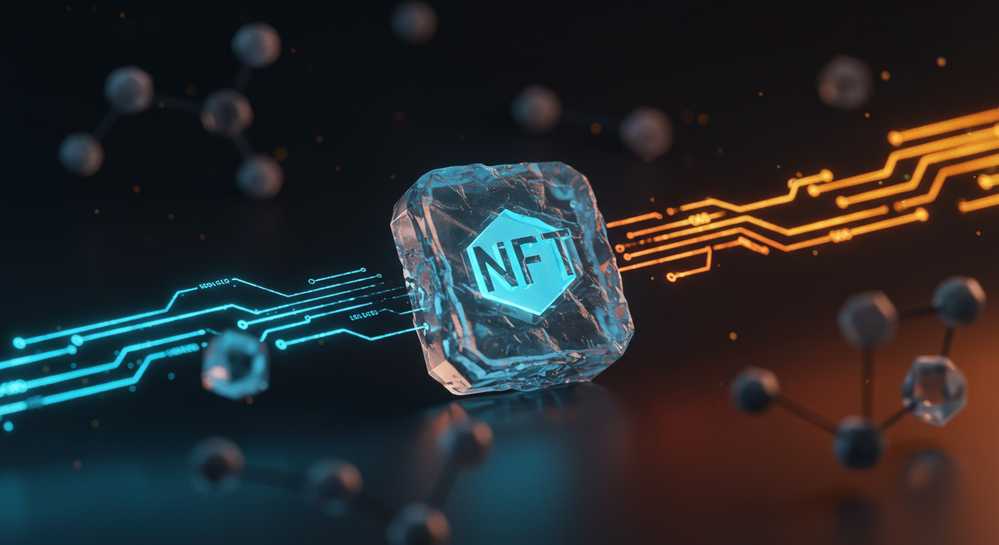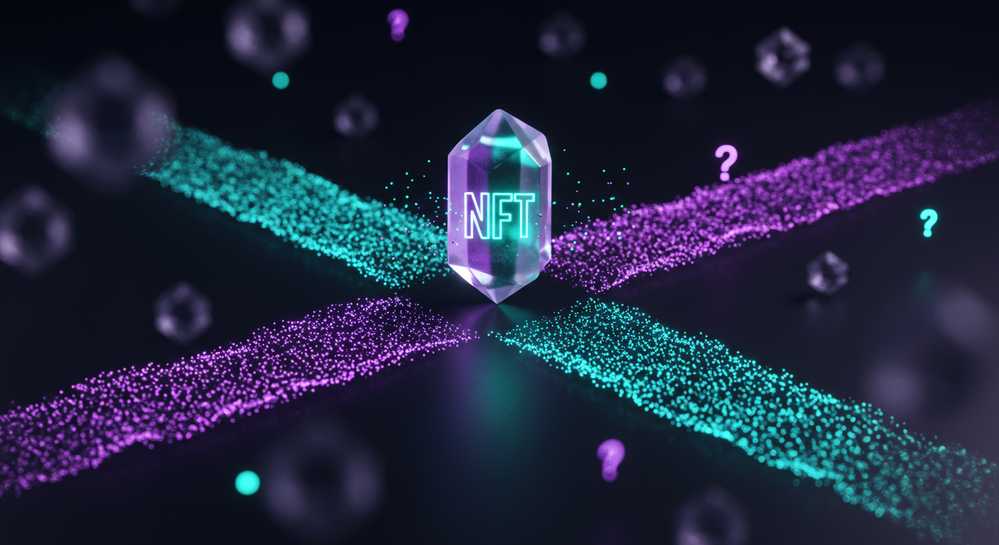After the massive hype and subsequent crash, many are left wondering: are nfts still popular in 2025? The simple answer is that the landscape has fundamentally changed. The era of pure speculation has given way to a more mature ecosystem focused on utility and integration. This guide explores the current state of NFTs, dissecting what has faded and what is actively growing, to give you a clear picture of their relevance today.
Contents
The great nft cooldown what really happened

The explosive NFT boom of 2021 and 2022 was an unforgettable moment in digital history. However, the subsequent market correction was equally dramatic, leading many to question if NFTs are still popular in 2025. This cooldown was not an endpoint but a necessary filter. The market shed much of the speculative frenzy, wash trading, and low-effort projects that had created an unsustainable bubble. This period effectively reset expectations, paving the way for a more mature ecosystem.
- Market Saturation: An overwhelming number of new projects launched daily, diluting attention and value across the ecosystem.
- Economic Headwinds: As the Fed maintains interest rates at higher levels, global economic uncertainty prompted investors to move away from high-risk assets like NFTs.
- Lack of Utility: A majority of early NFTs were digital collectibles with no real use case, making their value purely subjective and speculative.
This phase was critical for the market’s long-term health. It forced a shift away from pure hype and toward projects with genuine, real-world applications. The ashes of the speculative bubble provided fertile ground for the next evolution of NFT technology to take root.
The evolution of nfts beyond profile pictures

The narrative for NFTs has fundamentally shifted from digital art to tangible utility, answering the question of are NFTs still popular in 2025. The projects gaining traction are often considered some of the best crypto projects for 2025, offering clear benefits beyond speculation. This evolution toward real-world application is the key to their sustained relevance, moving far beyond simple profile pictures into integrated digital experiences.
- Gaming and Digital Identity: In gaming, NFTs now represent true ownership of digital assets. Players can own, trade, and use items like characters or virtual land across platforms. This creates persistent digital identities and robust in-game economies.
- Real World Asset Tokenization: Tokenizing real-world assets (RWAs) is a major growth area. This process creates a digital token on a blockchain representing ownership of a physical item like real estate or art, making illiquid assets divisible and easily transferable.
- Ticketing and Memberships: Brands and event organizers use NFTs for ticketing and memberships. These are difficult to counterfeit and can offer holders extra perks, such as exclusive content or future access, building a direct relationship with fans.
Key metrics and trends for the 2025 nft market
To understand if NFTs are still popular in 2025, we must look beyond volatile floor prices. The market’s health is now measured by more sustainable metrics. These new trends signal underlying growth and a shift toward mainstream adoption, defining the leaders of the new NFT era. The focus has moved from speculation to tangible engagement and integration into broader digital economies.
- Focus on Unique Wallets: Instead of trading volume, analysts now track unique active wallets. With this growth, ensuring asset safety becomes paramount, leading users to question undefined.
- Rise of Niche Marketplaces: While OpenSea remains a major player, specialized marketplaces for gaming, art, or specific ecosystems like Solana and Base are gaining significant market share.
- Layer 2 and Scalability: The expansion of Layer 2 solutions has made NFTs more accessible. Lower gas fees and faster transactions remove major barriers for everyday users.
- Mainstream Brand Integration: Global brands like Nike and Starbucks now integrate NFTs into loyalty programs, introducing the technology to millions of consumers.
So should you get involved with nfts in 2025

Given the market’s transformation, the question is no longer about chasing a speculative bubble but about finding genuine value. For 2025, engaging with NFTs is less of a gamble and more of a strategic choice depending on your goals. The focus has shifted from hype to specific use cases for different types of users, which ultimately answers if NFTs are still popular.
- For Collectors and Art Enthusiasts: The market for high-quality, curated digital art remains. The focus has shifted to artists with established reputations and projects with strong community backing.
- For Gamers: If you are active in web3 gaming, owning NFT assets is becoming a core part of the experience. It offers true ownership and potential interoperability.
- For Investors: The opportunity has shifted from flipping JPEGs to investing in platforms, infrastructure, and projects tokenizing real-world assets. This requires more research but offers more sustainable potential.
The modern NFT space requires a different toolkit. Navigating it successfully means using tools that can track utility, monitor smart contracts, and execute trades quickly, especially in fast-moving areas like gaming mints.
The question of NFT popularity in 2025 reveals a clear answer: they are not dead, they have evolved. The speculative fever has broken, leaving behind a more resilient market focused on real utility, from gaming assets to tokenized property. For those who understand this new landscape, the opportunities are more tangible than ever. To navigate this smarter market, arm yourself with a premier tool like Best Sniper Bot and stay ahead of the curve.
